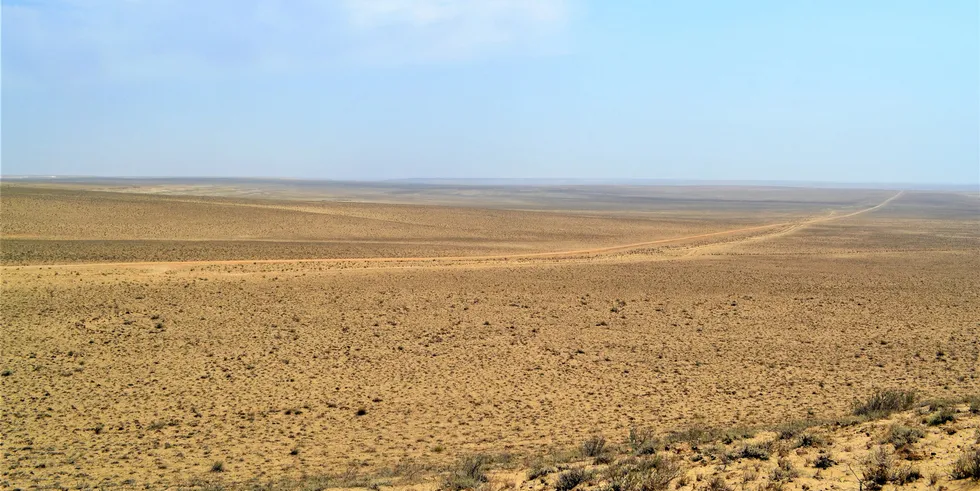'Extra-large scale in endless steppes': roadmap sees 30GW Kazakh green H2 vision built this decade
Developer Svevind signs time-table with Kazakh government and expects Europe and China competing for hydrogen imports from giant projects that eventually will tap into 45GW of wind and solar
